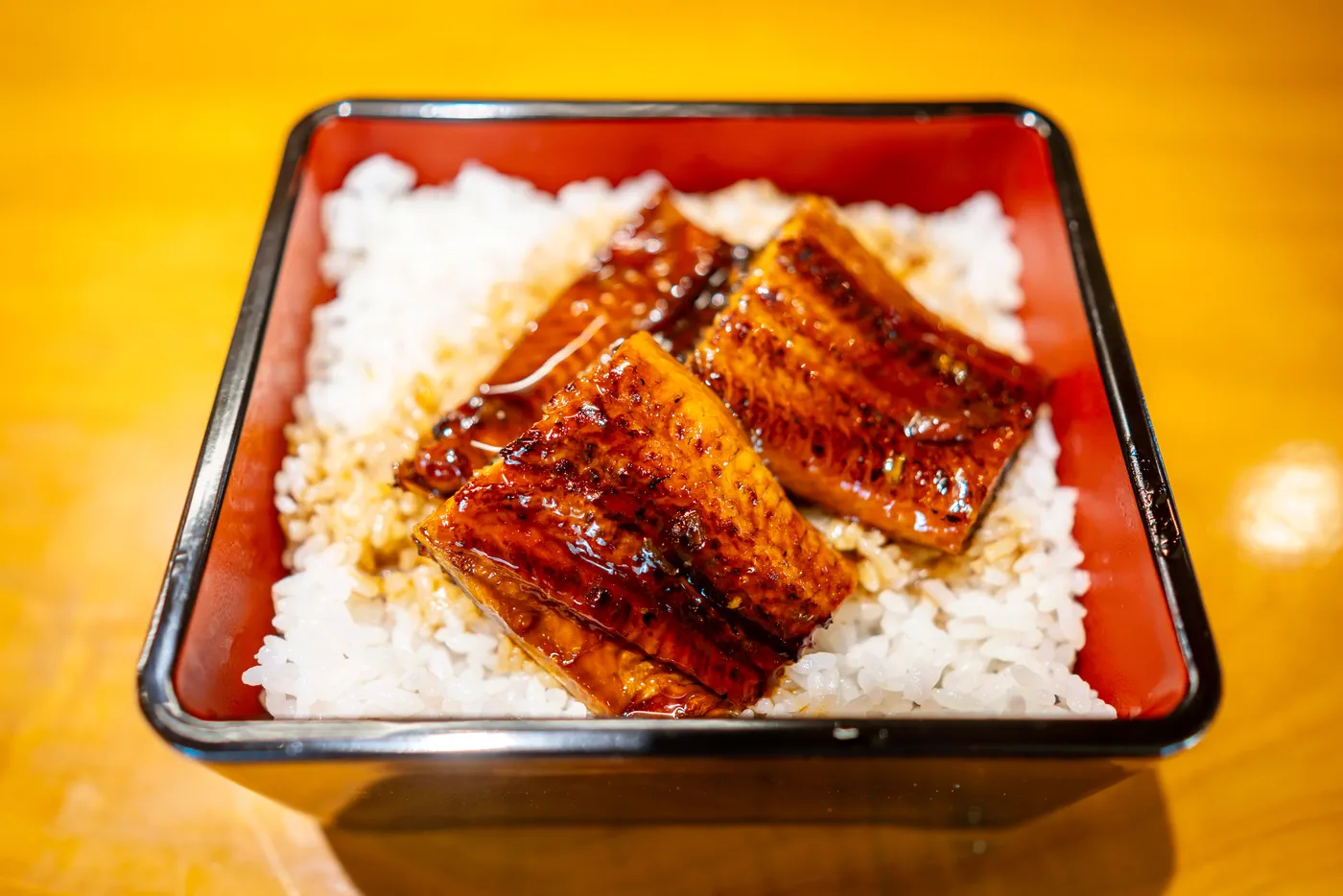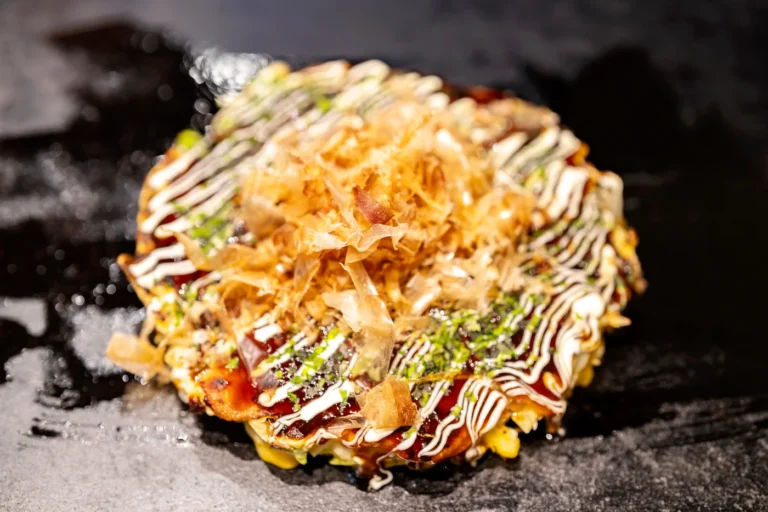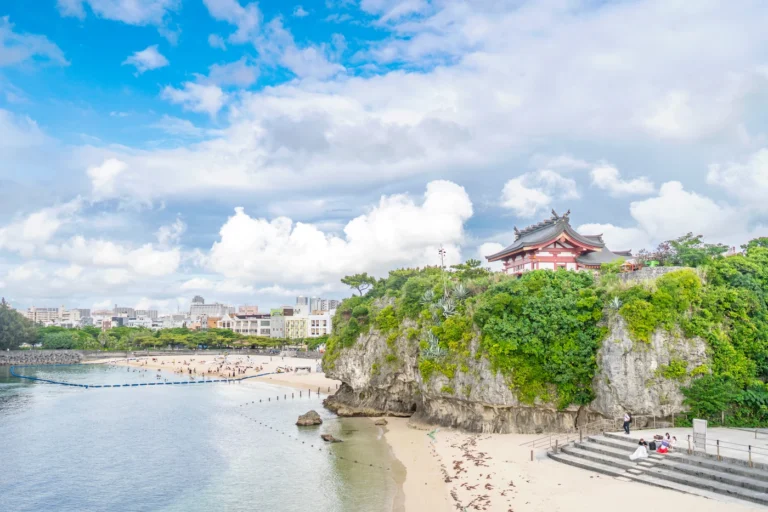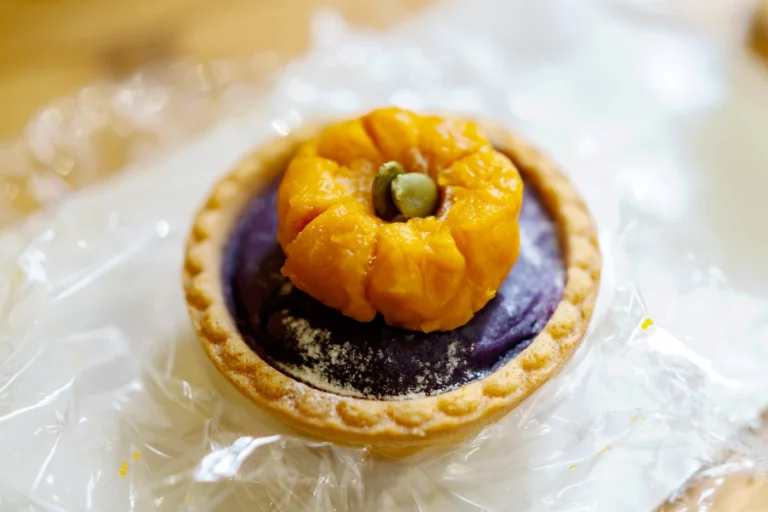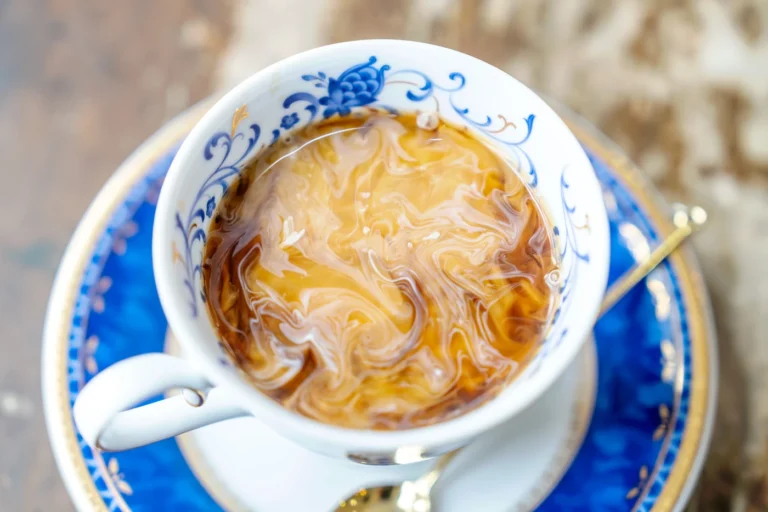Yukawa Seasonal Cuisine
👋 Haisai! It’s CULT.
Today, let’s talk about a delightful restaurant in the Nago area called Yukawa Seasonal Cuisine (季節料理 湯川). When you’re travelling in the northern part of Okinawa, you can enjoy various natural landscapes, stunning beaches, and resorts. While these places are wonderful, the downside is that there aren’t many good restaurants nearby. So, when I recommend accommodations to friends visiting Okinawa, I usually advise them not to go further north than Nago City. It’s like the last stop for great eateries.
Nago also has fantastic resorts and beaches, so I think it’s best to stay around here and use a rental car to drive around different areas. And dining at Yukawa Seasonal Cuisine is a great option too.
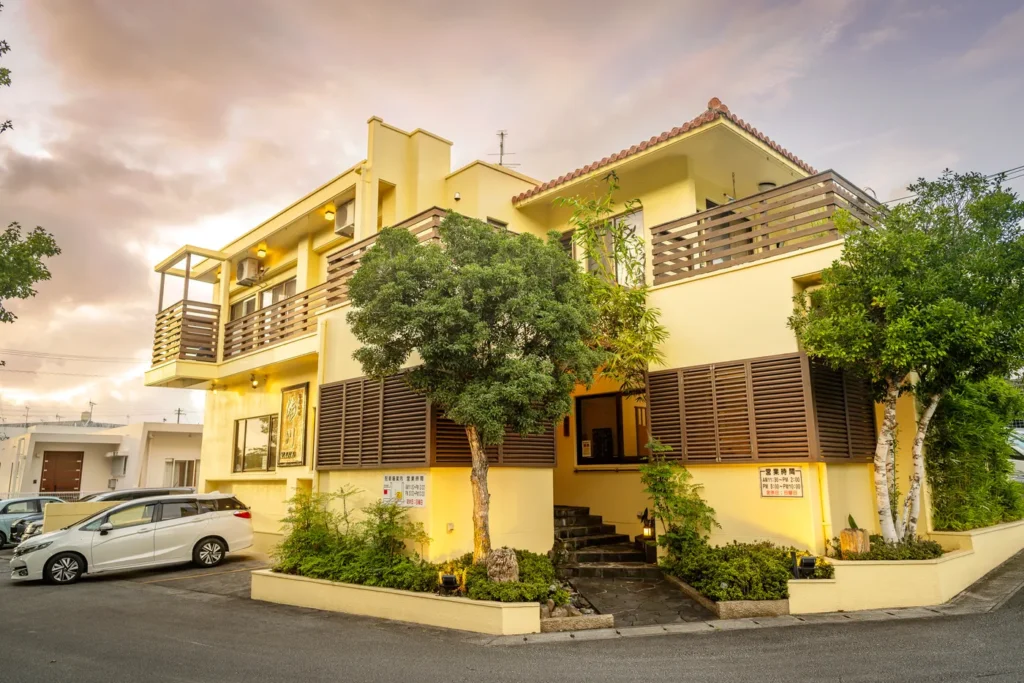
📌 Restaurant Location
The restaurant is located in the northern part of Okinawa, within the city of Nago. It’s right next to Route 58, so if you’re travelling around Okinawa by rental car, you’ll likely pass by this area at least once. It’s closed every Sunday ⏰ Opening hours are from 11:30 AM to 2:00 PM, and after a break, from 5:00 PM to 10:00 PM. [Google Map]
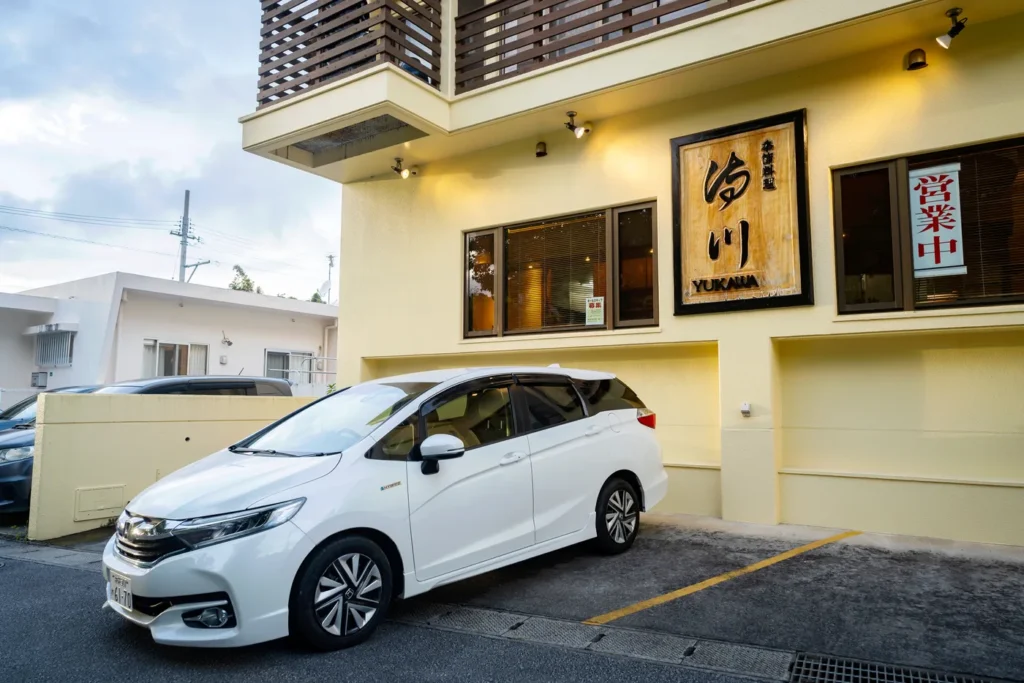
There is space around the restaurant where you can park your car. Since there are no guides to hold the rear tyres, please park carefully while watching the rear camera 🔍
Yukawa Seasonal Cuisine
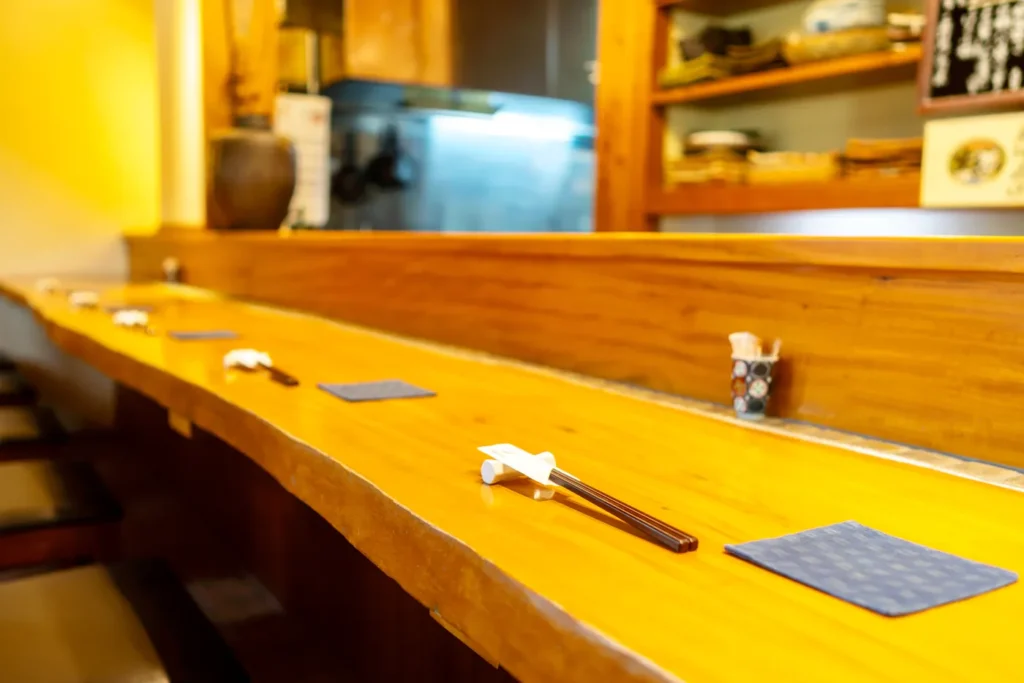
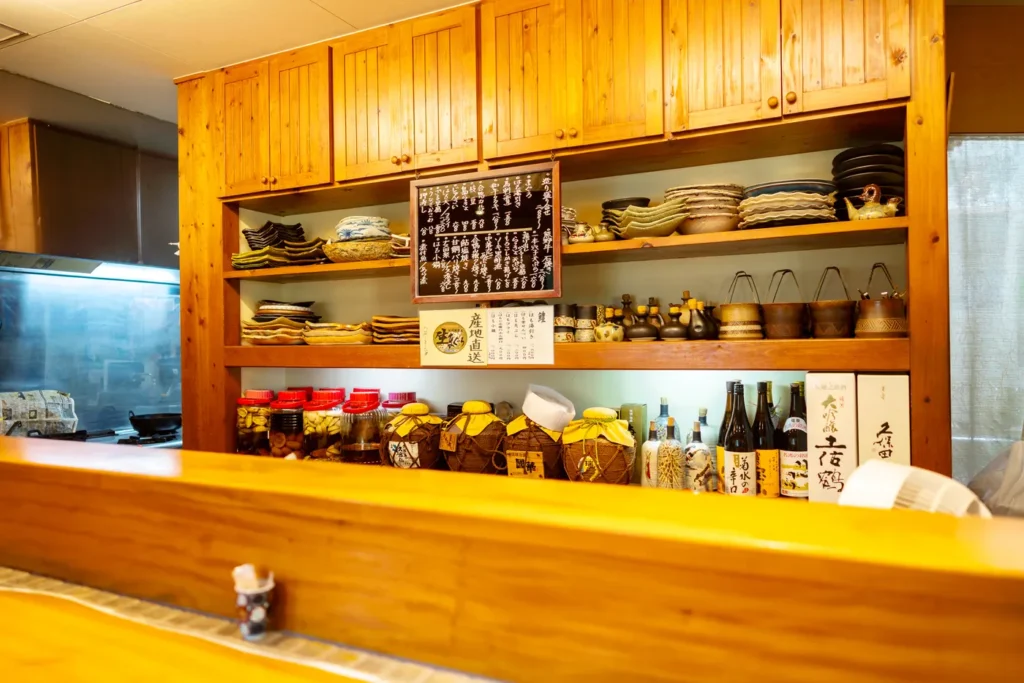
This is the interior of the restaurant. When I visited, it was a weekday and not during meal times, so there were no other customers. I had the spacious restaurant all to myself. Even so, the staff were whispering to each other.
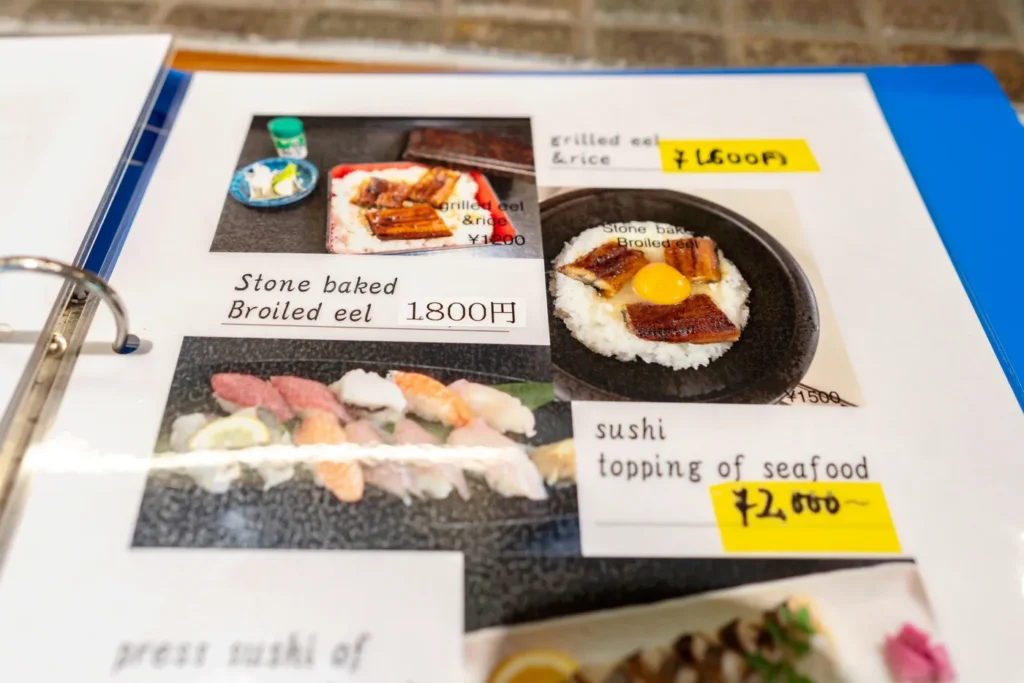
The menu was primarily in Japanese, but without pictures and with too many kanji, it was difficult to understand, so I requested an English menu. They kindly provided one. I heard the eel rice bowl was delicious here, so I ordered the eel rice bowl and assorted sushi. The prices were 1,600 yen for the eel rice bowl and 2,000 yen for the assorted sushi.
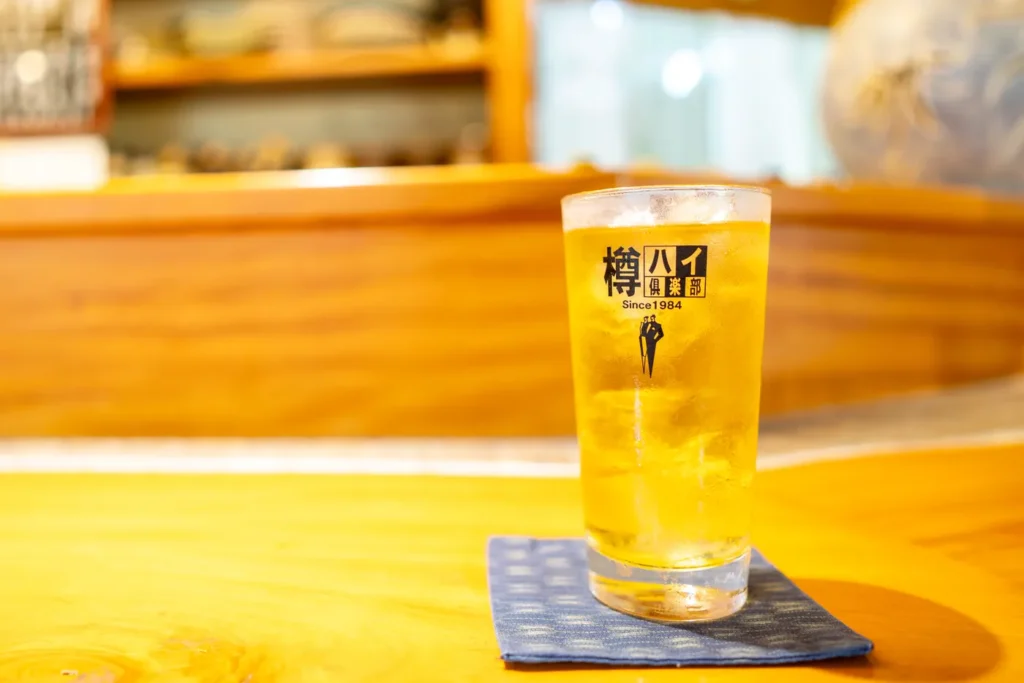
It seems they don’t serve water separately, so I ordered a cup of Sanpin tea. I’ve visited many restaurants in Okinawa, but this is the first time I’ve seen a place that doesn’t serve water. Well… having lived in Europe for a long time, this doesn’t really bother me. Over there, you have to pay for water too.
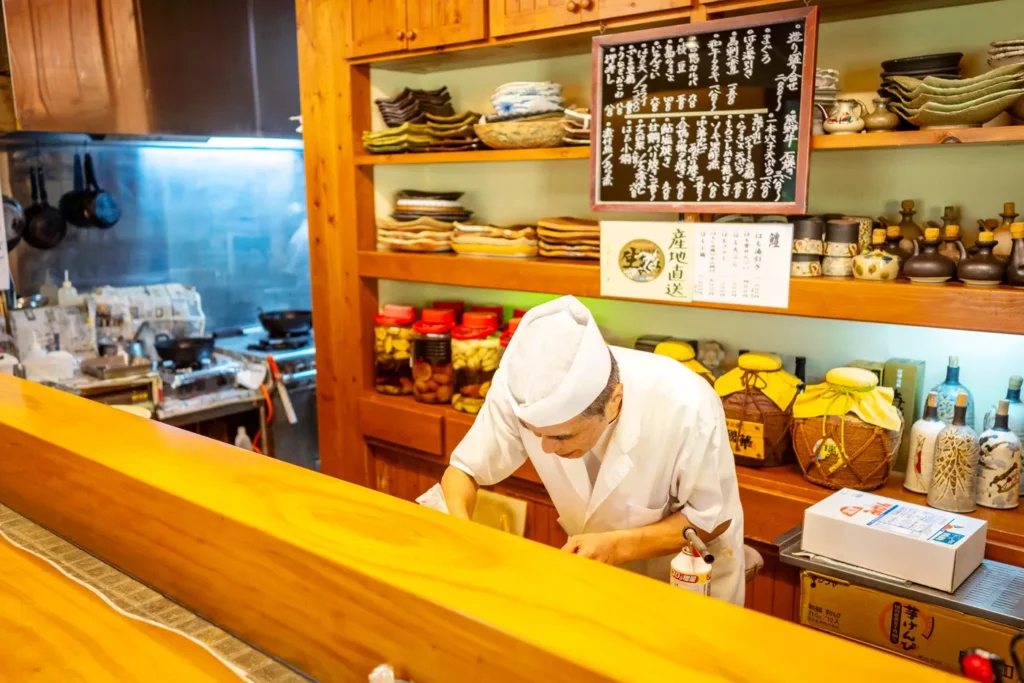
The sushi chef is continuously chanting something while making sushi. Even when he sears the surface of the sushi fish with a torch, he keeps chanting something like a spell. It was quite a fascinating sight.
🍱 Delicious Foods
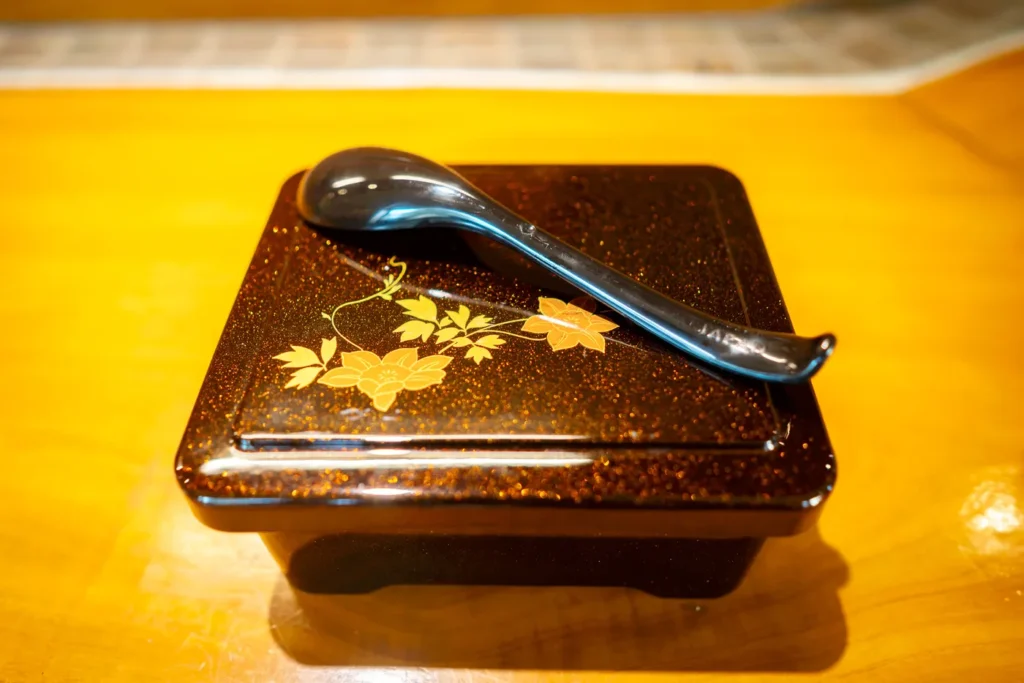
This is grilled eel rice. It comes in the form of a lunchbox. I’ve tried grilled eel rice several times in Japan, and I was curious why it’s always served in a lunchbox form, so I did some research. It turns out that for dishes like grilled eel rice, which use expensive ingredients, it’s traditional to serve them in a premium lunchbox, and keeping the lid on helps retain moisture.
When you visit a Michelin-starred restaurant in Europe, the chef or waiter often brings the dish to the table with the lid on and then opens it in front of the guest, right? It’s a similar concept.
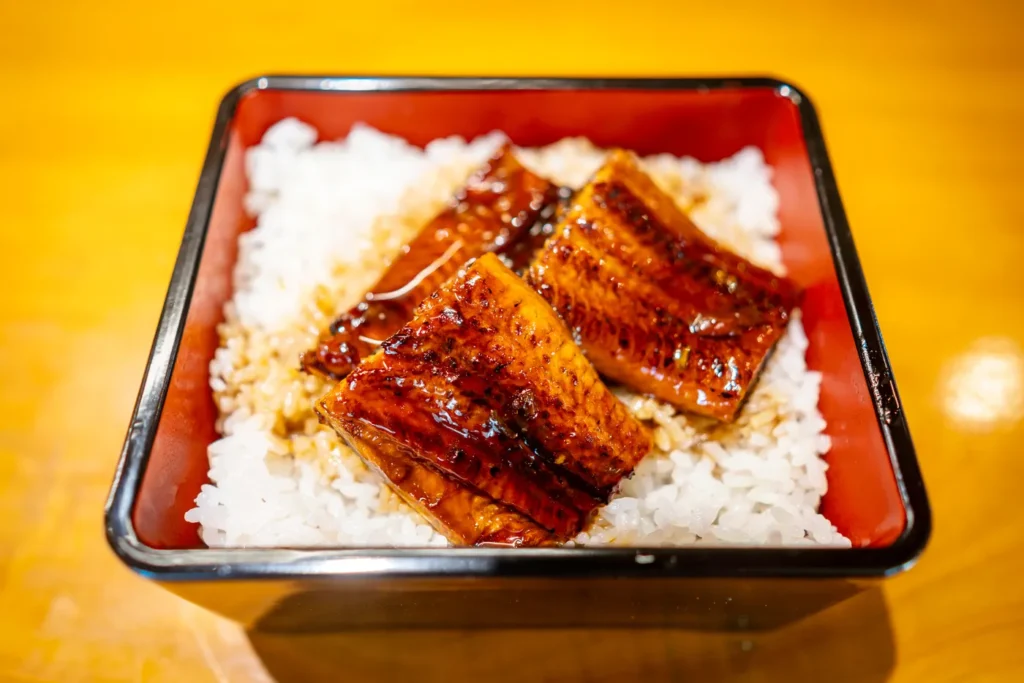
Since eel is an expensive ingredient, there are only three pieces included. However, it’s incredibly delicious. It melts in your mouth 🥰
Take small bites and enjoy it with rice. The seasoning is already applied, so it’s perfectly seasoned as a side dish, and you don’t need anything extra. In my experience, Europeans tend to leave a lot of rice. So, you should always approach the meal with the mindset of eating plenty of rice.
Japanese people will manage well as it’s part of their culture, and Koreans, who tend to eat more side dishes than rice, should also be aware to eat a bit more rice during meals. 🇹🇼 I haven’t had much experience dining with Taiwanese people, so I can’t really comment on that.
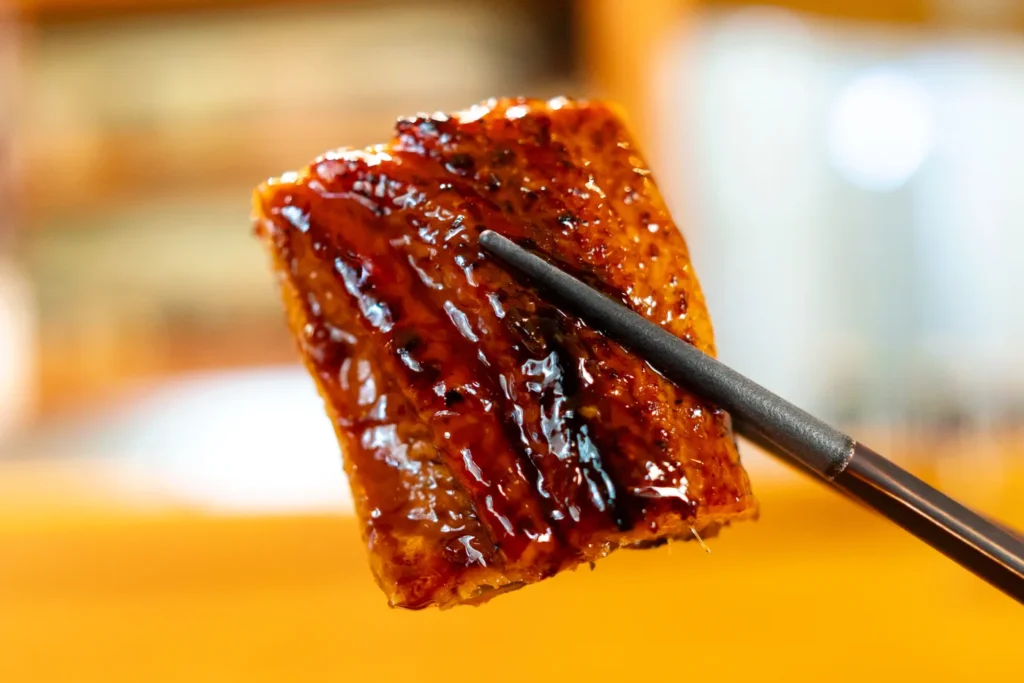
This is a good thing 👍
Since summers in Okinawa are very hot, it’s great to recharge your energy with an eel rice bowl that gives you strength. This is almost top-notch. They only give you three pieces, but I still enjoyed it very much.
Since then, I’ve often had eel in Naha as well, but I haven’t found a restaurant that does it better than Yukawa Seasonal Cuisine’s eel rice bowl. Recently, a famous eel rice bowl place left a flyer in our mailbox saying they’ve finished remodeling, so I’ll review that too.
Anyway, when visiting the northern Nago area, make sure to try this. It’s delicious 🥰
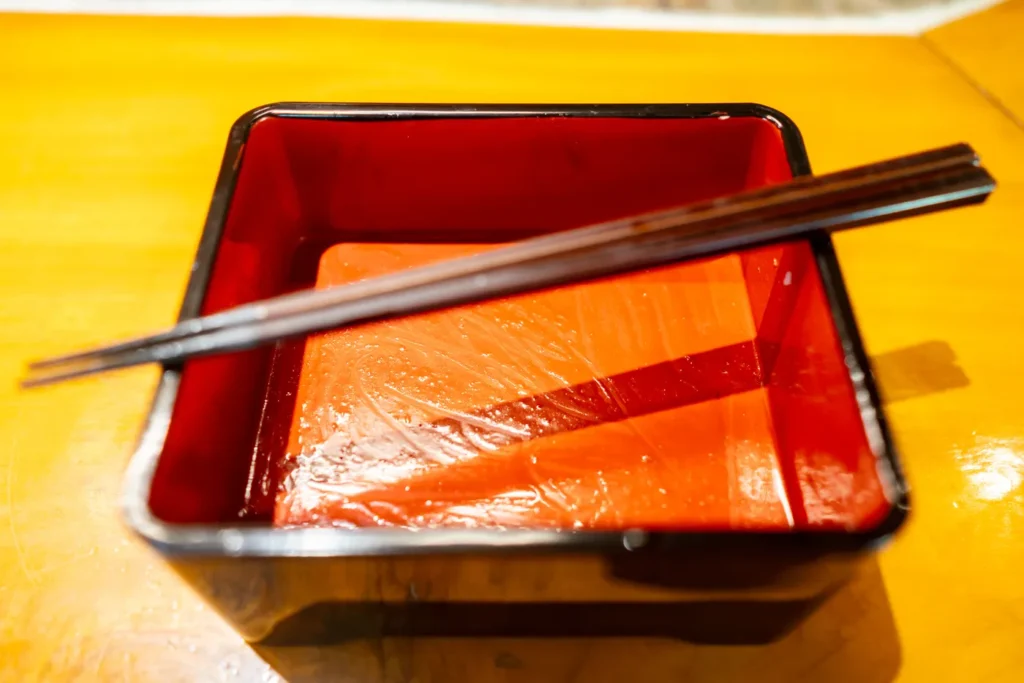
I scraped it clean and ate it all up. For those from chopstick cultures, this is easy.
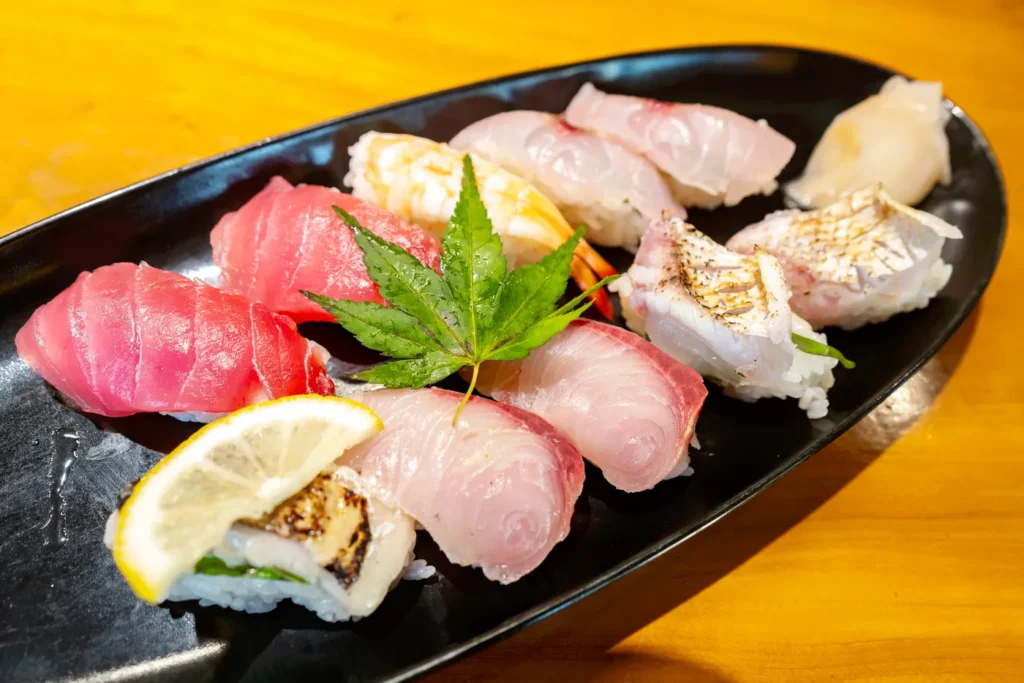
Here is the assorted sushi. This menu comes with 10 pieces, all of which are nigiri. There’s fish on top!
Just a side note, although it won’t be mentioned much in the future, I don’t like rolls. It’s not because they don’t taste good, but because maki rolls are similar to the type of kimbap commonly eaten in Korea. However, Korean kimbap is much tastier. The ingredients are more varied, and the skill required to make them is more advanced. So, when I see Japanese maki rolls, I perceive them as something made without much effort, a cost-cutting filler food.
That’s why I’ll continue to introduce only nigiri sushi. Just like the ones you see in the photo!
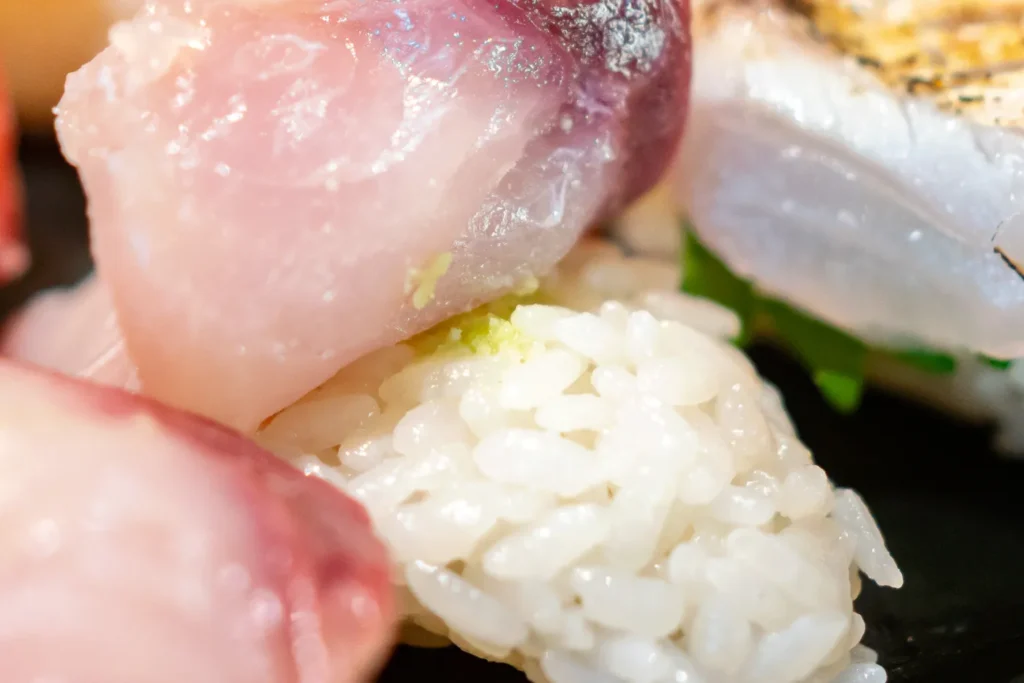
Inside the nigiri, there is wasabi included. In my opinion, the amount is very small, and it would have been nice to have the option beforehand. If I hadn’t looked inside, I wouldn’t have even known there was wasabi in it. The amount of wasabi is so minimal that I think even people from Western countries won’t have any difficulty eating it.
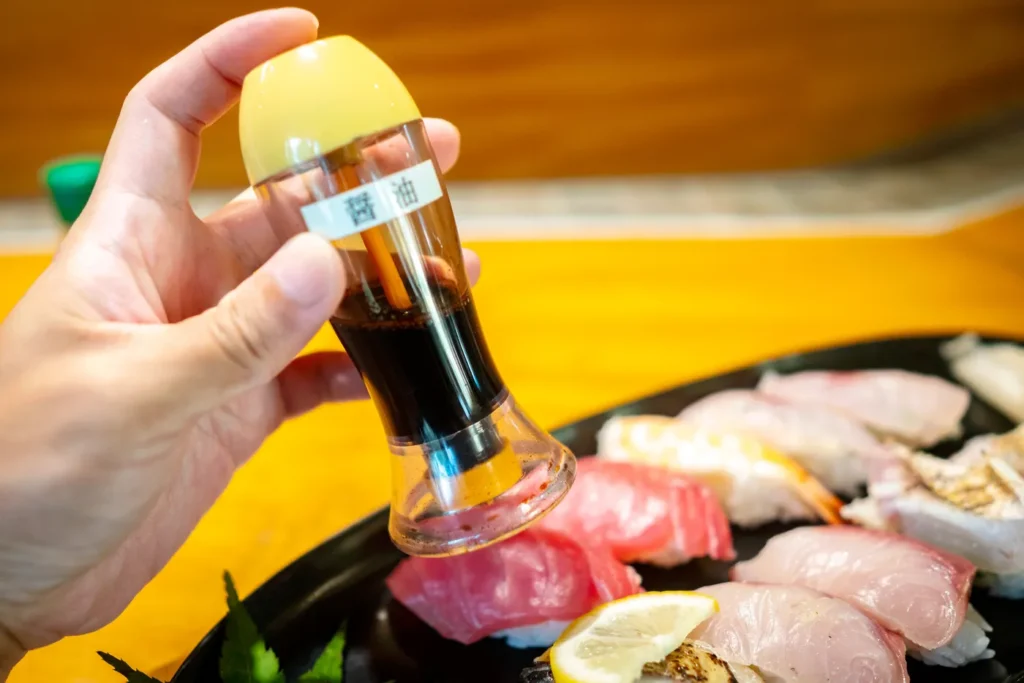
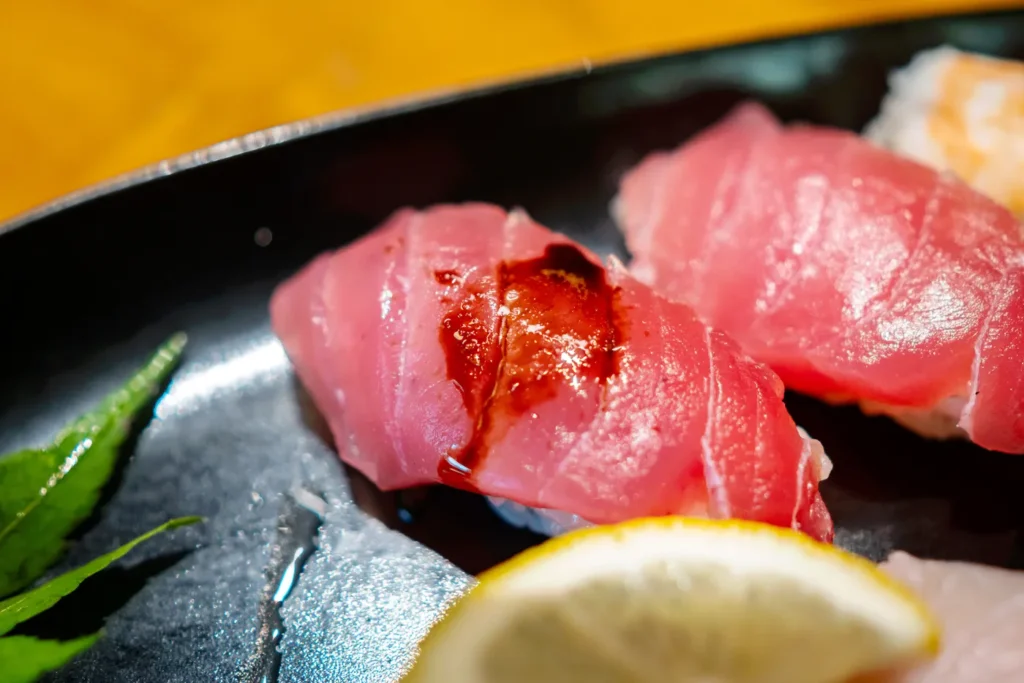
This is a soy sauce dispenser. Perhaps they thought I was a foreigner who couldn’t use chopsticks. Or maybe it’s a sushi chef’s conspiracy to avoid seeing someone enjoy strange sushi by dipping rice in soy sauce. 😂
Anyway, for those skilled with chopsticks, it might seem trivial, but it has the advantage of allowing you to sprinkle soy sauce only on the fish. It’s also a great item for people from cultures where using chopsticks is uncommon.
Once, I went to a sushi restaurant with friends from Italy, Colombia, and Germany. My Colombian friend had no issues with chopsticks as his father was from Hong Kong, but my Italian and German friends had to dip their sushi in the soy sauce on the plate, and since they couldn’t use chopsticks, it resulted in the rice and fish constantly separating—a complete disaster.
For friends like these, this soy sauce dispenser allows them to enjoy sushi more elegantly.
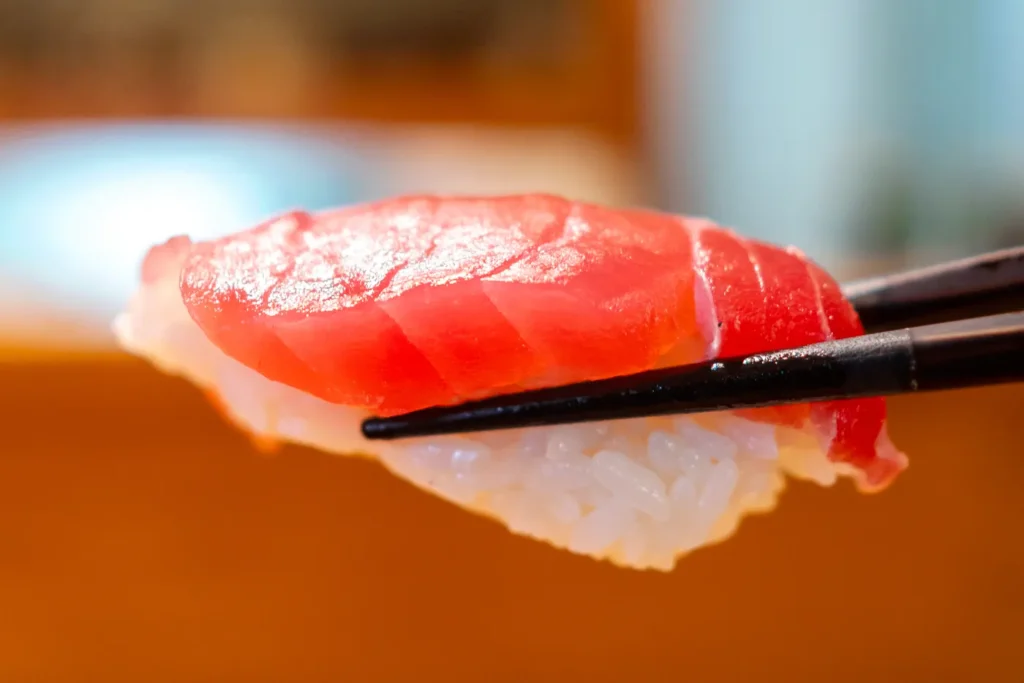
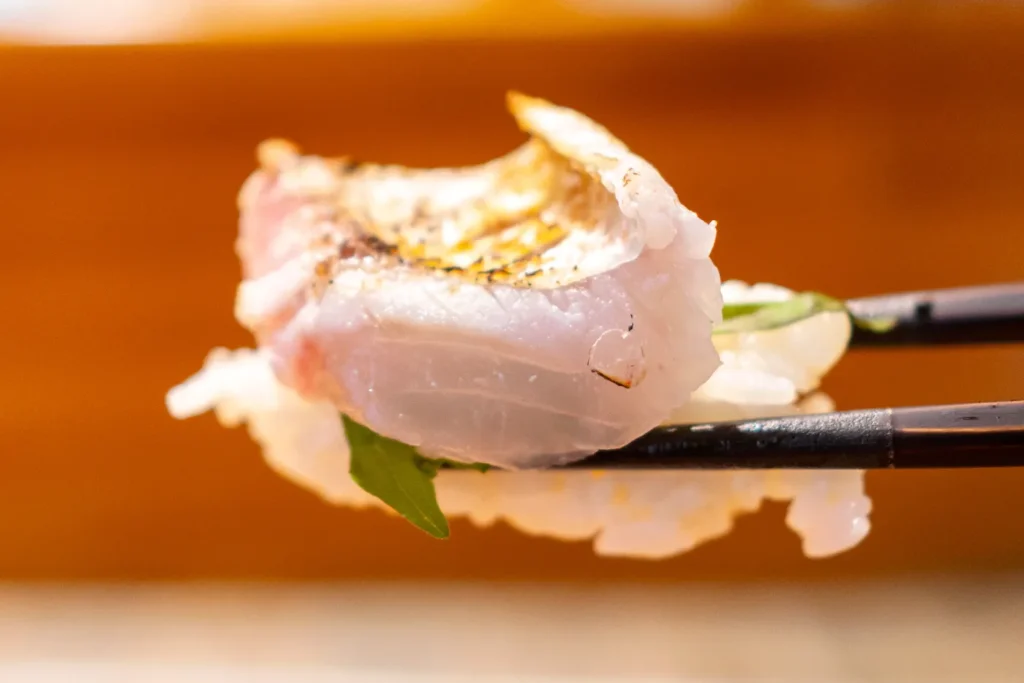
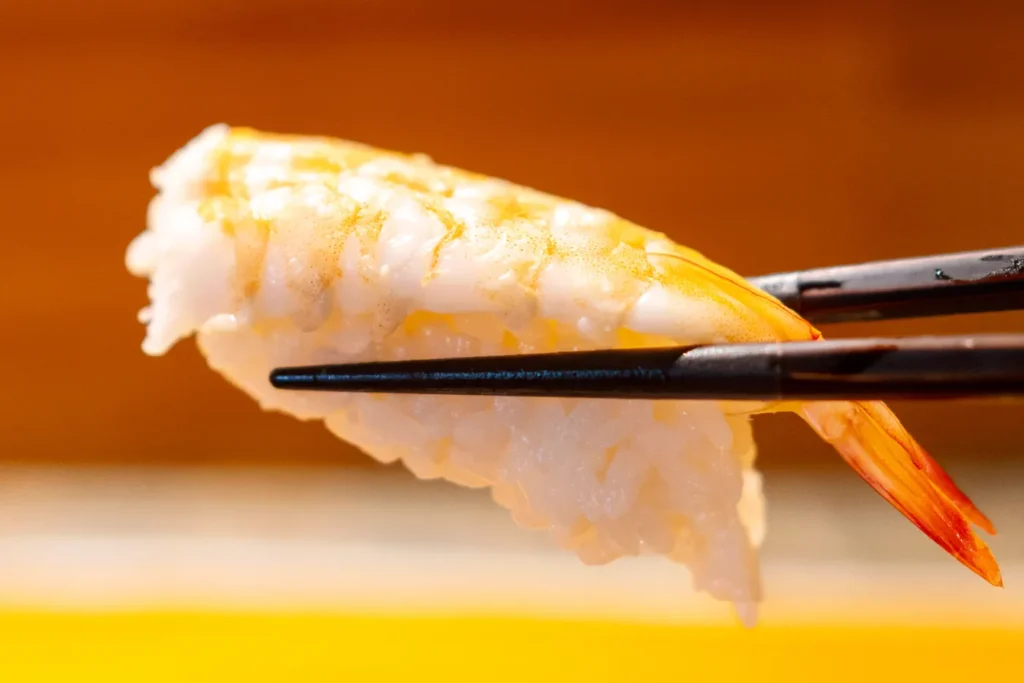

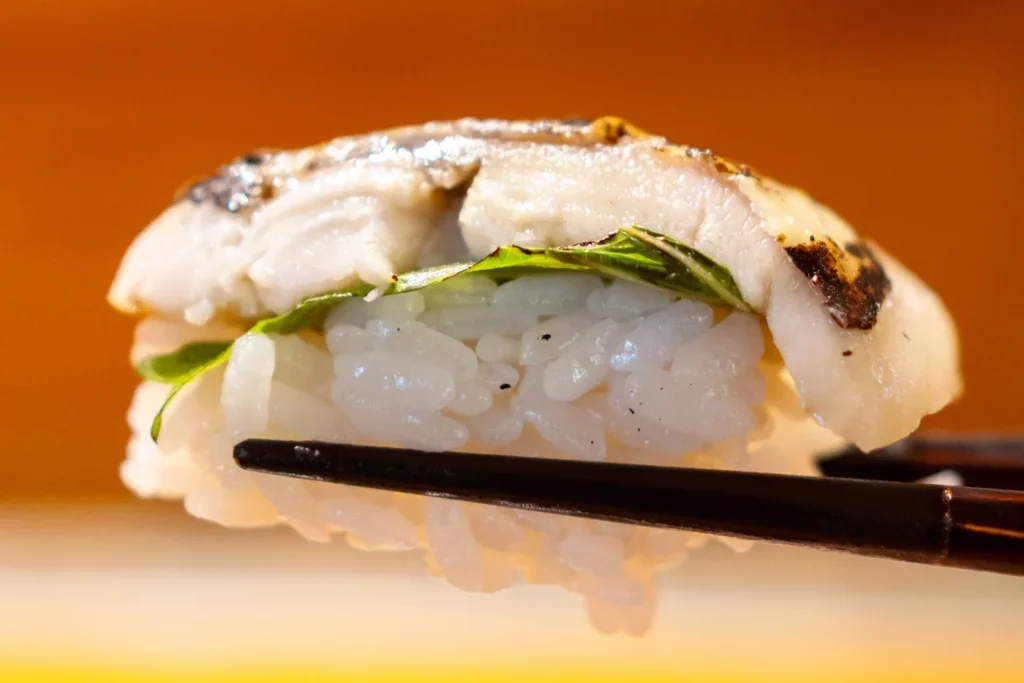
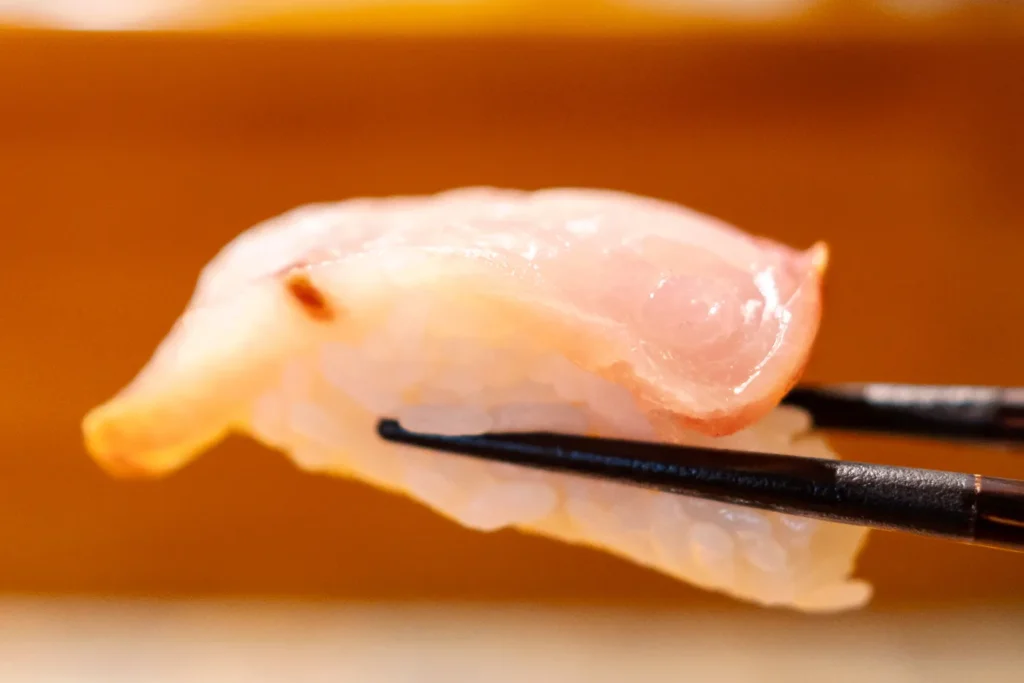
There are six types of nigiri, with a total of 10 pieces provided. After enjoying the eel rice bowl, I think it’s a sufficient amount to savour a variety of sushi.
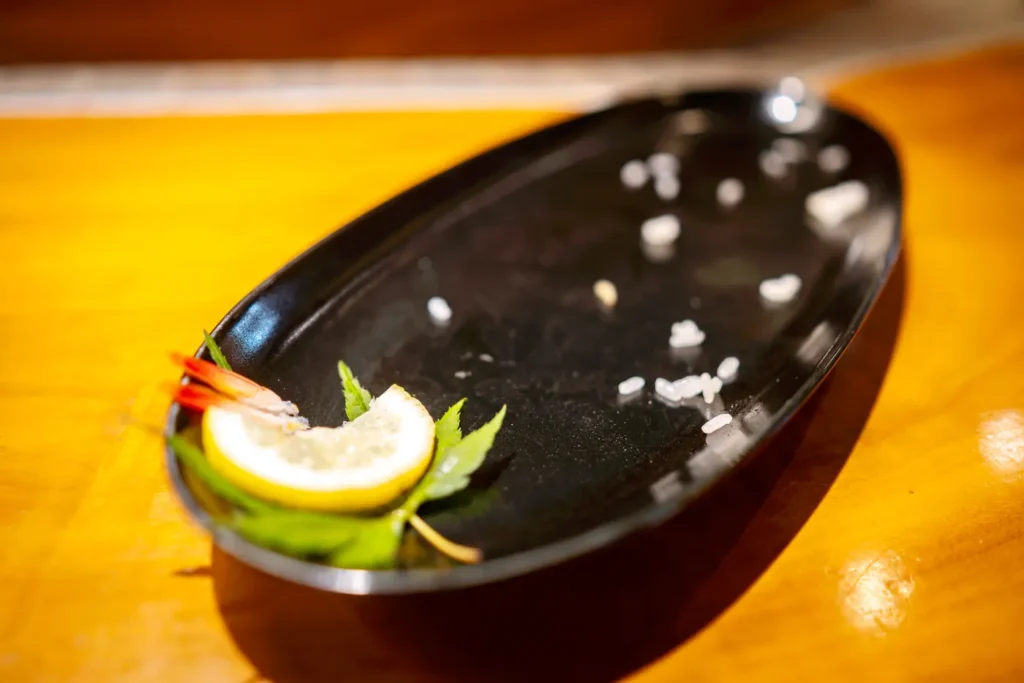
This is the appearance of the empty bowl after finishing the meal. Normally, there wouldn’t be any rice grains left at the bottom, but since the nigiri was served while I was eating the eel rice bowl and I spent a bit of time taking photos, the sushi got slightly dry. Nonetheless, it was delicious and I enjoyed it thoroughly 🥰
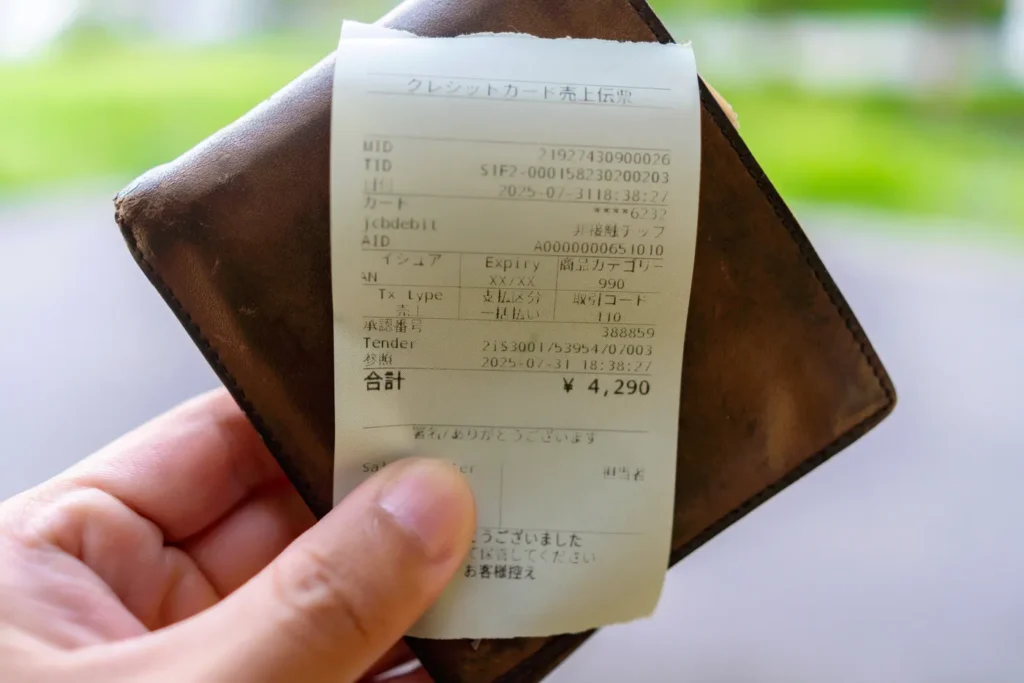
Unagi donburi 1,600 yen / Assorted sushi 2,000 yen / Sanpin tea 250 yen, and with tax, the total came to 4,290 yen. I usually eat a lot, so the price tends to be a bit high for a meal. But it was a satisfying meal, so it’s all good 😊
How about you? While travelling in the northern part of Okinawa, since it’s hot, let’s eat unagi donburi to gain energy and have fun playing in the water! I hope this helps with your Okinawa trip. I’ll wrap up the story of Yukawa’s seasonal dishes here and will be back tomorrow with more Okinawa travel information. Matayasai 👋

